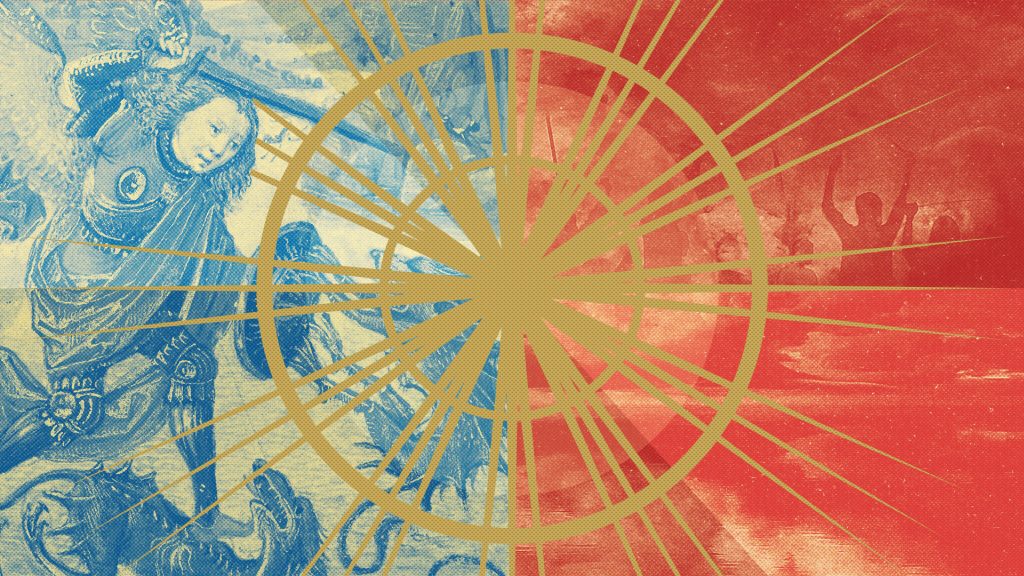President Trump expressed a strong desire to bring peace in Ukraine.
Will his legacy be the desired peace? Or will the brutal war continue with its carnage and suffering?
At first glance, from a peacemaker’s point of view, the President faces major, perhaps insurmountable, challenges. While he is a master negotiator, he is not a trained peacemaker.
We should ask, “what might a peacemaker notice that the President might easily miss?”
Trump might not anticipate the complexity and difficulty of the “convening stage.” This stage is often underestimated or overlooked altogether, yet it is vital for success.
The preliminary work—to be completed before one “gets to the table”—often takes more effort than actual negotiation. As much as 70% of a peacemaker’s work takes place during convening.
The details of convening are too extensive to be covered in one essay. Instead, I will focus on a few vital steps.
It will come as no surprise that peacemakers must ask, “what is this conflict actually about?” In most, if not all cases, conflict participants have not truly determined the EXACT nature of the conflict. Wrong assumptions abound. A conflict that is not properly understood will not resolve.
Peacemakers thus must conduct a deep dive analysis of the precise nature of conflict drivers. Who or what actually gives rise to the dispute? What is obvious? What is hidden? In some instances, a correct identification of the precise nature of the conflict, alone, leads to swift resolution.
During this assessment step, an in-depth evaluation of overt and covert combatants takes place. Though I do not possess “inside information” regarding Ukraine, casual observation leads me to believe assessment is incomplete or faulty, which may make it difficult or impossible to achieve peace.
In this instance, the peacemaker must ask, who are the primary combatants?; who must appear at the table? President Trump has positioned the process as bringing peace between Russia and Ukraine, between Putin and Zelensky. But is this analysis totally accurate?
With little effort, one can observe the war has been, in large part, a conflict between the United States and Russia. Thus, while positioning the peace process being between Ukraine and Russia may be clever negotiation, it is not accurate. This falsehood might sabotage the effort.
The mismatch calls out for a full analysis of the “stakeholders.” In most mediation, one encounters primary disputants at the table while numerous stakeholders, on both sides, are known but not present. Stakeholders are typically kept informed with phone calls or side meetings. In any event, the primary negotiators must be empowered to speak on behalf of stakeholders not present.
A difficult situation arises, however, when stakeholders are not present AND also not known. OR THEY ARE HIDDEN. They influence the process secretly or covertly. They work “off stage” to meet their interests. A peacemaker should avoid this dynamic at all costs. He or she works diligently to bring about disclosure: WHO ARE THE STAKEHOLDERS?
In the Ukraine process, the large number of stakeholders threatens to bring into play undisclosed interests and significant attempts to covertly influence the process. We can anticipate additional stakeholders who are not visible to the public: defense contractors, U.S. political figures, Black Rock, banks, oligarchs, etc.
Significantly, if the conflict is positioned as being between Ukraine and Russia—and yet the U.S. is a significant stakeholder—the process will be sluggish. Parties will ask if the primary mediator, President Trump, is an interested party or a neutral peacemaker? If he is a primary stakeholder, he may need to cede “process control” to a neutral third party in order to achieve his dream of peace.
Analysis is important: Are U.S. stakeholders subordinate to Ukraine? Is Ukraine primary with the U.S. a secondary stakeholder? Is the U.S. the primary disputant, with Ukraine being a lesser stakeholder? These distinctions are vital if one hopes to bring peace.
Obviously, stakeholders vary from one administration to the next. Stakeholders empowered during Biden years are not necessarily the stakeholders today. Yet, prior stakeholders may be active in covert ways. Thus, one begins to see the complexity of Trump’s effort. And one can worry that appropriate convening has not taken place.
In a perfect world, President Trump would call upon competent peacemakers to manage the process. He would then be properly situated as a negotiator, not a mediator. In other words, he could use his strength as a negotiator rather than having to oversee the process. Unfortunately, there are few truly competent peacemakers—most in civil service or with NGO’s are incompetent.
So, will the President proceed with the current course of events and be the peacemaker—“wink, wink”—while he knowingly is the primary party at the table with Putin? Will he indeed be negotiating peace between Russia and the U.S.? Will this mean that Zelensky will be removed from the process, taking the role of a secondary stakeholder?
It would appear, per the recent comments of Marco Rubio, that the process is about to take a major turn. Perhaps the primary disputants will take their place at the table and Zelensky’s role will be reevaluated. OR, perhaps an unexpected peacemaker will emerge from the sidelines to control the process.
If only St. Francis was available to take up the call…

Enjoy reading this post?
Continue the discussion on our Substack Divine Collaboration.
